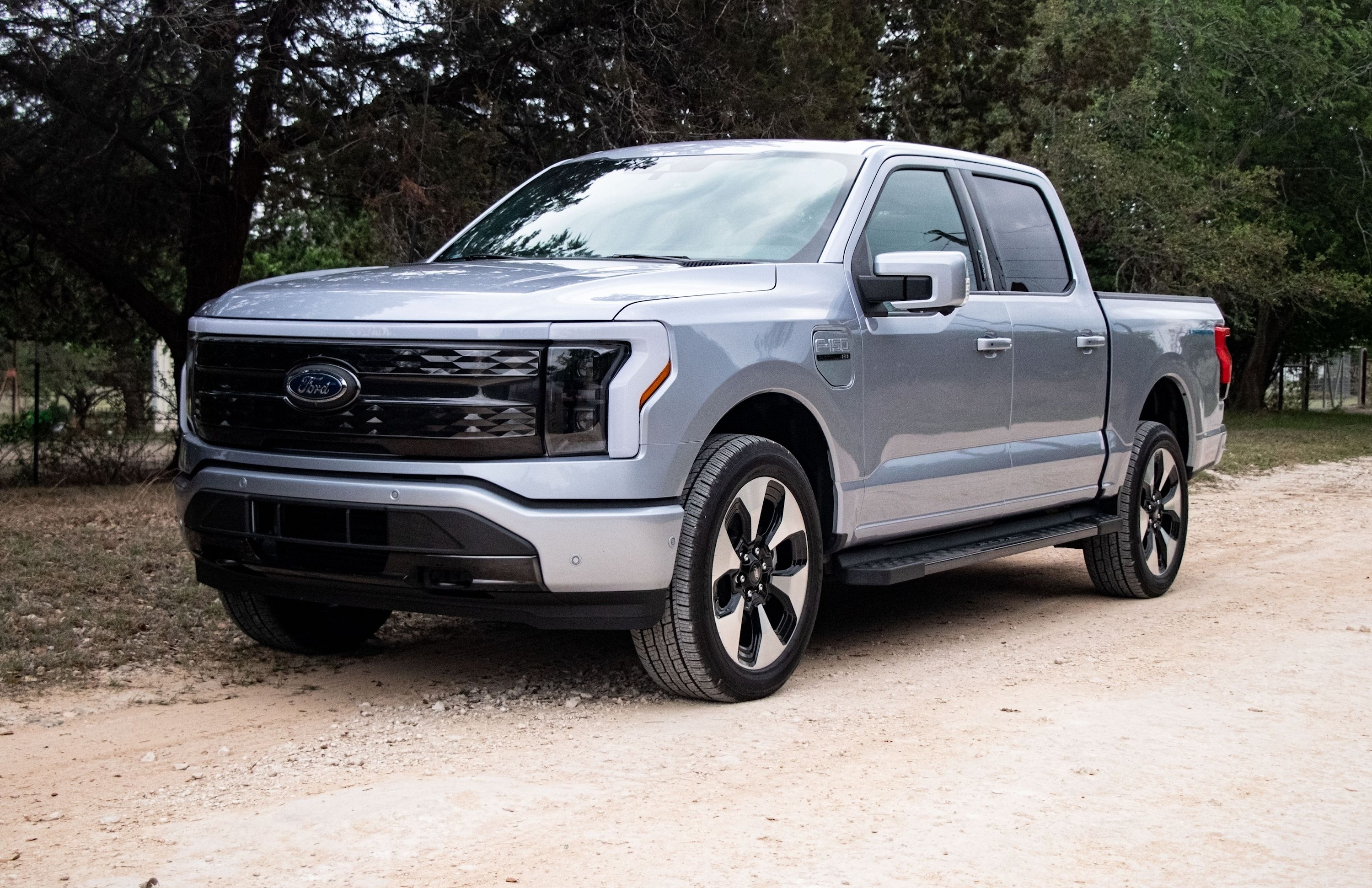
It's possible that three out of four new vehicles sold in the US in 2050 will be fully electric if more US states choose to adopt California's enhanced rules to ban new ICE vehicle sales by 2035. According to a study published by a think tank called Energy Innovation, over 239 million vehicles on the road in 2050 could be all-electric if 17 more states choose to follow California's recently adopted Advanced Clean Cars II (ACC II) rule.
Those 17 states are already following guidelines set by the US Clean Air Act. The rule essentially builds upon what's already in the Inflation Reduction Act (IRA) by making sure its provisions continue after the 2032 EV tax credit expires. It further seeks a zero-emission vehicle sales standard in 12 years' time.
The California Air Resources Board (CARB) claims that these 17 states consisting of 40% of current vehicle registrations in the US.
What's important to know is that the Advanced Clean Cars II rule is very specific in that it requires carmakers to increase their EV offerings in certain states over a period of several years. The ultimate goal is to achieve 35% zero-emission vehicle sales for the 2026 model year and 100% by 2035. Some of these states include Maryland, New Jersey, New Mexico, and New York, and the report placed a specific focus on these four to show the potential benefits of ACC II adoption.
Each state's governor has already announced it will either adopt ACC II or it's strongly considering doing so. In New Mexico, for example, the report states that "ACC II adoption could push [its] EV sale shares to 68% by 2030, and 100% by 2035, compared to 59% and 47% by those same years (and 73% by 2050) under the IRA-only scenario."
Perhaps one of the states' biggest challenges is something that's already a problem: infrastructure. Tesla's Supercharging network is undeniably better than the current crop of competitors, like Electrify America and ChargePoint.
Therefore, "policymakers should develop plans to deploy charging infrastructure using Infrastructure Investment and Jobs Act (IIJA) funds and consider attracting EV parts manufacturers to their state," the report continues. It's also important to know that states have the option of fully adopting California's rules or shortening the timeline, Automotive News notes. Take Colorado as an example.
It has confirmed plans to hit 82% zero-emission vehicle sales by 2032 but has not yet committed to 100% sales by 2035. So let's say that all 17 states do end up adopting California's rules and fully implementing them. What will happen?
Energy Innovation's analysis says that "US emissions could fall by a cumulative 1,310 million metric tons (MMT) of carbon dioxide-equivalent pollutants (CO2e) by 2050. This is equivalent to the greenhouse gas emissions of 13 coal plants operating through 2050, or more than 282 million gasoline-powered vehicles driven for one year."
Automakers are very much aware of these predictions and have already begun the production transformation process of building more battery plants and dedicated sites, such as Ford's Rouge Electric Vehicle Center - the production site for the F-150 Lightning.
States should adopt ACC II because more zero-emission vehicles on the road will "deliver economic benefits, such as new jobs and sources of tax revenue, as well as consumer cost savings," the report concludes. "States can drive cleaner air, healthier communities, and a more stable climate."
